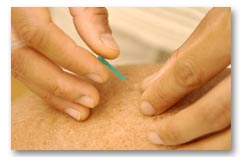 Although acupuncture was first practiced in China, Japan has practiced this medicine for 14 centuries, and over time a difference in practices and techniques was developed, making for a very different art and philosophy towards acupuncture.
Although acupuncture was first practiced in China, Japan has practiced this medicine for 14 centuries, and over time a difference in practices and techniques was developed, making for a very different art and philosophy towards acupuncture.
In summary, they are:
- gentle & painless needling,
- palpation of abdomen and other parts of the body for diagnosis and treatment
- more focus on constitutional strengthening
Japanese acupuncture in general uses thinner needles and tend to do either superficial insertion or no insertion so there is usually no pain for the patient. There is also an emphasis on palpation for diagnosis and for treatment. The pulses and abdomen as well as all the meridians are touched for assessment as well as treatment. The patient may not feel much of the Qi sensation as in TCM style but it is thought that the practitioner is the one who feels the arrival of Qi and the flow to start the impulse for self-healing.
Although this style can be used for everyone, it is particularly indicative for sensitive patients, psychosomatic issues, babies (in this case, I use a specialized form of japanese acupuncture called shonishin), for the elderly, for chronically ill or weak patients and for patients who are afraid of needles ( in this case, I use another specialized form of japanese acupuncture called toyohari – non-insertion style)
